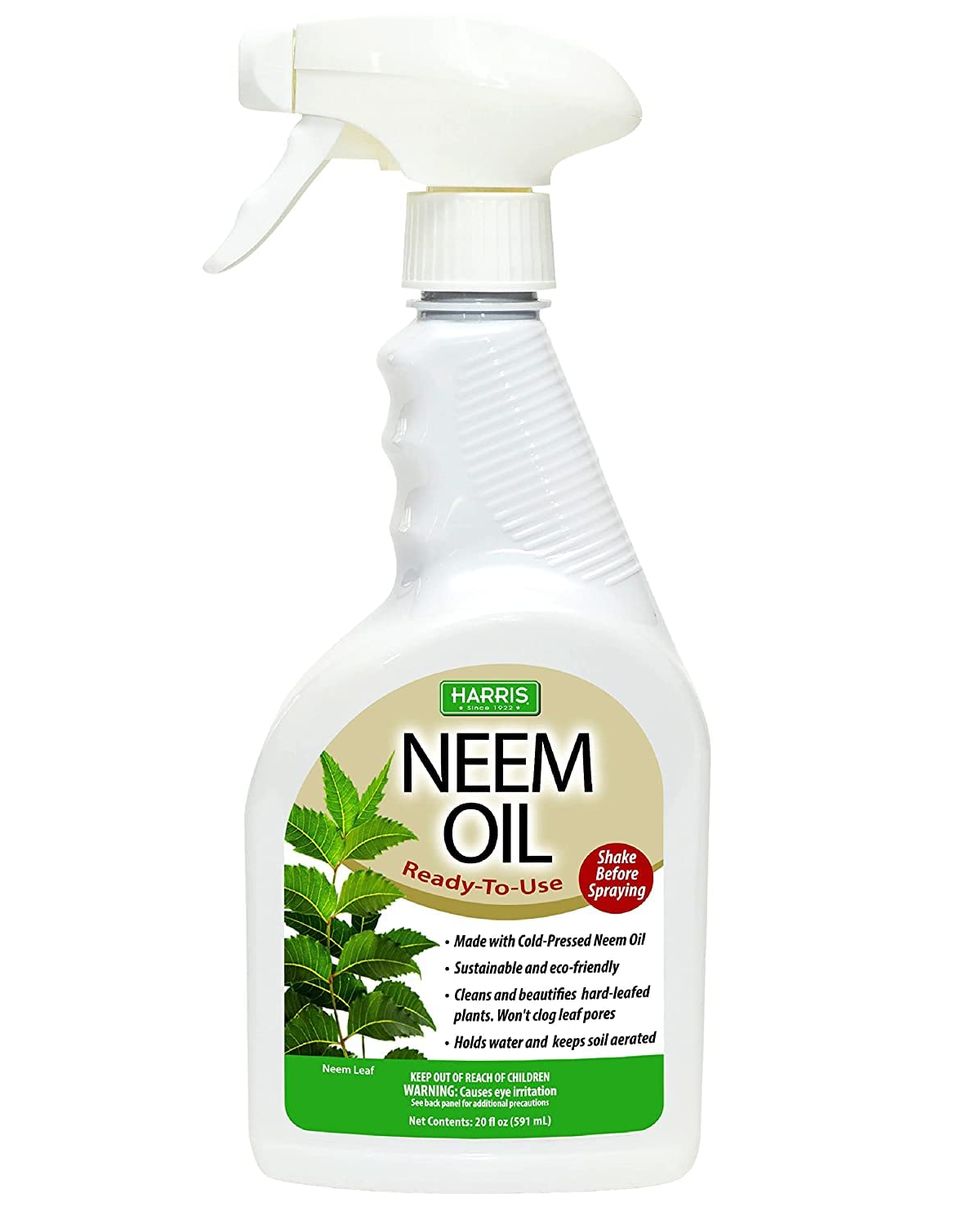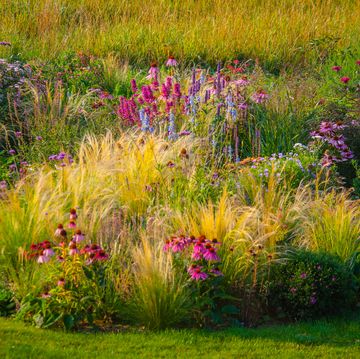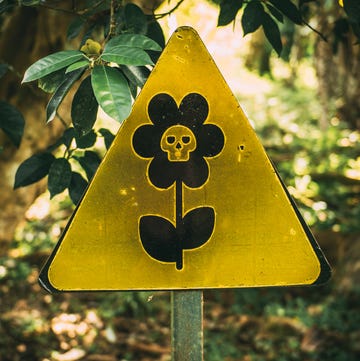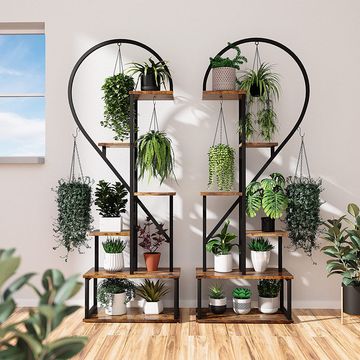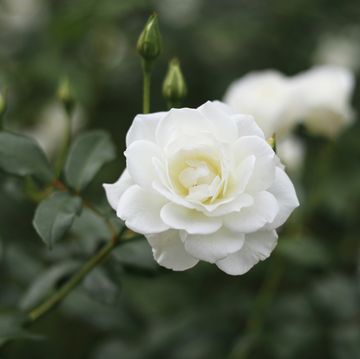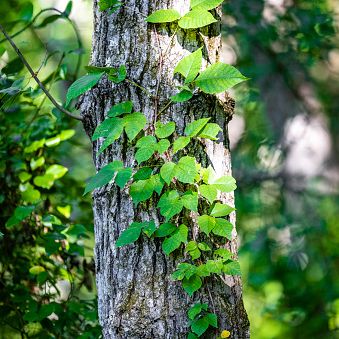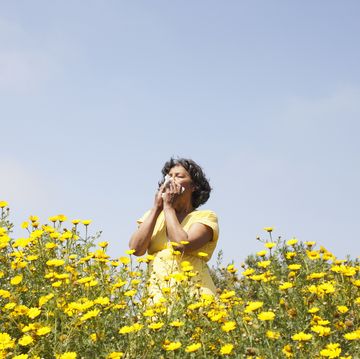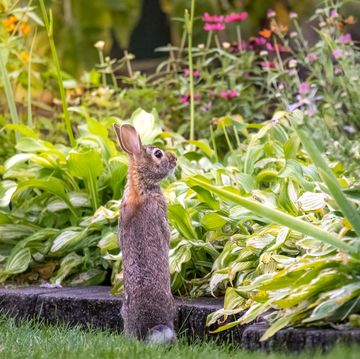Jump to:
Caring for your houseplants and gardens is a labor of love, and many gardeners would do anything to help their plants thrive. But you can start to feel defenseless when insects and pests start to eat all of your hard-earned fruit and blooms. You don't want to blast your garden with chemicals, but you don't want to just give in either. Specific plant varieties like onions and herbs can help deter nibbling rabbits and buzzing mosquitos with their scent, but much more harmful insects can be even harder to get rid of. Enter neem oil for plants. It's the alternative you need when you're so frustrated that you're about to reach for a harsh chemical pesticide or give up your vegetable garden dreams altogether. Neem oil can safely ward off pests when you use it correctly.
So what is neem oil? Neem oil is a natural pesticide pressed from the seeds of the neem tree (Azadirachta indica), an evergreen native to India with leaves, flowers, and fruit that have many agricultural and medicinal uses. Yellow or brown in color, neem oil has a distinctive garlic and sulfur scent. In addition to its scent and other repellent components, neem oil contains a naturally occurring substance called azadirachtin that kills insects.
If you're new to neem oil or pesticides in general, we're here to help. Read on to learn what neem oil does for plants, how to use neem oil, and when it's safe to use neem oil for plants.
More From House Beautiful

What Pests Does Neem Oil Work On?
Neem oil can effectively ward off a variety of indoor and outdoor plant pests as well as fungal diseases including powdery mildew and leaf spot. Check the packaging to be sure the insect or fungus you want to repel is listed. Here's a list of common pests neem oil kills.
- Aphids
- Beet armyworms
- Beetles
- Cabbage worms
- Caterpillars
- Fungus gnats
- Japanese beetles
- Leaf miners
- Locusts
- Mealybugs
- Mites
- Moth larvae
- Mushroom flies
- Nematodes
- Thrips
- Whiteflies
When Should You Use Neem Oil?
Neem oil is best used as a preventative measure in the off-season, but it can also be used in a pinch in case of infestation. For trees and gardens, apply neem oil in the winter or when plants are dormant to kill any hibernating eggs or larvae. For houseplants and during the growing season, you can use neem oil as both a repellent and to control insect infestations. Available as both a spray and pouring liquid, neem oil is used by many gardeners to drench the soil or to coat the leaves.
To use neem oil for plants, dilute neem oil concentrate with water and add a bit of liquid soap to help to mix the water and oil. Use a pump sprayer to cover a large area and reapply as needed. Just be wary of spraying too frequently and consider testing a small area first, as neem oil can burn foliage and damage or kill fruit trees.
Is Neem Oil Safe for Beneficial Insects?
Yes. Despite working to prevent harmful insects, neem oil is perfectly safe to use around ladybugs, bumblebees, butterflies, and other pollinating and beneficial bugs. These types of insects do not eat the plant's foliage or fruit, so they won't ingest the oil the way harmful bugs will. To be extra careful, avoid spraying neem oil directly onto beneficial insects or apply it early in the morning or late in the day when they're less active.
Kate McGregor is House Beautiful’s SEO Editor. She has covered everything from curated decor round-ups and shopping guides, to glimpses into the home lives of inspiring creatives, for publications such as ELLE Decor, Domino, and Architectural Digest’s Clever.


